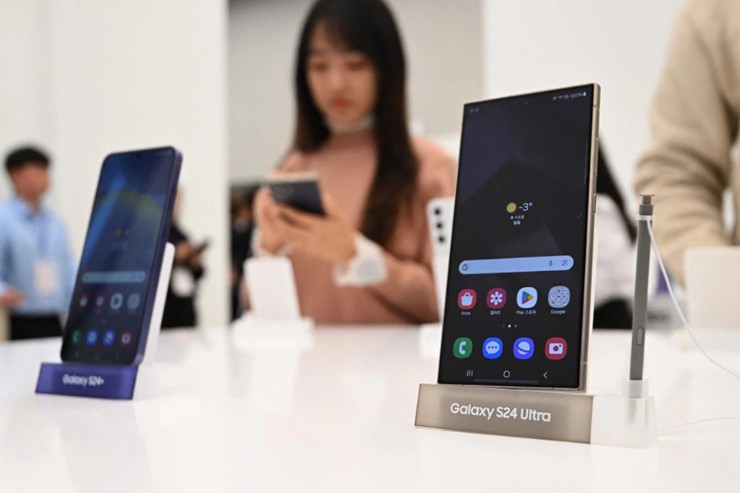As smartphones have been upgraded with larger screens over the years, many people have expressed dissatisfaction.
Many people still believe that the iPhone 4 screen size (3.5 inches) is the most ideal because it is easy to hold with one hand, while a 6-inch or larger screen causes inconvenience. As a result, many people call for manufacturers to revive small-screen smartphones , just like Apple did with the iPhone mini.
Even Apple has to retreat with small screen smartphones.
The thing is, even a big name like Apple has to give up on making the iPhone mini, which shows a really clear trend happening in the market: small-screen smartphones are gradually losing their position as they have to give way to the strong development of large-screen and full-screen smartphones. So why are small-screen smartphones gradually fading away?
Improve the experience
Consumers' increasing demands for mobile phone experience have made large-screen smartphones the preferred choice. With their spacious display and smooth experience, large-screen smartphones better meet the needs of watching high-resolution videos, playing games, and doing office work. On the contrary, although they are easy to carry, small-screen smartphones cannot provide a good enough visual and operational experience for modern users.

Portability used to be a priority with small smartphones.
Still ensuring mobility
The continuous development of technology, such as high-resolution screens, powerful processing chips and efficient battery management, has made large-screen smartphones not only perform well but also thin, light and portable. These improvements have strengthened the position of large-screen smartphones, while small-screen smartphones have struggled due to high production costs and limited market demand.
User habits change
Consumers are increasingly dependent on large-screen smartphones, especially for entertainment activities such as watching videos and playing games, making it increasingly difficult for users to give up this screen. Not only that, after a long period of use, when users have become accustomed to the convenience that large screens bring, it becomes difficult to return to small screens.

Smartphone usage habits of users are no longer the same as before.
Price and market space
The price factor also affects the survival of small-screen smartphones. Due to high production costs and limited demand, manufacturers have difficulty in pricing. If they price their products too high, they will have difficulty attracting consumers; while if they price them too low, they may not be able to cover their costs and incur losses. On the contrary, large-screen smartphones can easily achieve higher production scale and profits thanks to strong demand.

